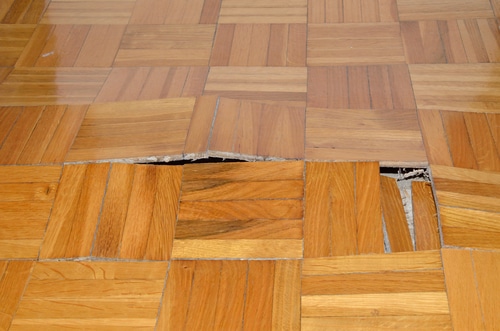Exactly how to Inspect If Your House Has a Concealed Leakage
Exactly how to Inspect If Your House Has a Concealed Leakage
Blog Article
Here down the page you can locate additional sensible content regarding Leaking water lines.

Early detection of dripping water lines can minimize a potential catastrophe. In addition to saving you money, it will certainly lessen the irritation and also stress. The minute you locate a leakage, calling your plumber for fixings is the most effective solution. Nevertheless, some small water leakages may not show up. If you can not discover it with your nude eyes, here are some hacks that aid.
1. Analyze the Water Meter
Checking it is a proven way that aids you discover leakages. If it moves, that indicates a fast-moving leak. This implies you may have a sluggish leak that could even be underground.
2. Check Water Intake
If you detect abrupt changes, in spite of your usage being the exact same, it suggests that you have leaks in your plumbing system. An abrupt spike in your expense suggests a fast-moving leakage.
On the other hand, a steady rise each month, despite the same habits, shows you have a slow leak that's likewise slowly intensifying. Call a plumber to thoroughly inspect your home, specifically if you really feel a cozy location on your flooring with piping beneath.
3. Do a Food Coloring Test
When it comes to water consumption, 30% comes from commodes. If the color in some way infiltrates your dish during that time without flushing, there's a leak in between the container and also bowl.
4. Asses Exterior Lines
Don't neglect to check your exterior water lines as well. Needs to water leak out of the link, you have a loosened rubber gasket. One little leakage can lose bunches of water and spike your water bill.
5. Inspect and also Assess the Circumstance
Home owners must make it a behavior to inspect under the sink counters and also inside closets for any kind of bad odor or mold and mildew development. These two warnings suggest a leak so punctual interest is required. Doing regular evaluations, even bi-annually, can conserve you from a significant problem.
If you understand your residence is already old, keep a careful eye on your heaters, pipes, pipes etc. Check for stainings as well as deteriorating as most pipes and devices have a life span. They will also naturally weaken because of deterioration. Don't wait for it to rise if you suspect dripping water lines in your plumbing system. Call a professional plumber right now so you don't end up with a horrible mess in your house.
Early discovery of dripping water lines can mitigate a potential disaster. Some tiny water leaks might not be noticeable. Inspecting it is a proven means that assists you find leaks. One small leak can lose heaps of water as well as surge your water expense.
If you think leaking water lines in your plumbing system, do not wait for it to rise.
How to Know If Your Home Has a Hidden Leak
Water Meter Reveals Inexplicable Water Usage
If you’d like to test whether or not there’s a leak somewhere in your home, you can do this using your water meter. Here is how to conduct the test:
Don’t use any water in your home for at least 30 minutes; this also means not turning on faucets or water-using appliances.
Go outside, and check your water meter for activity.
If your water meter shows that there was activity, even though no one was using any water, this proves that there is a leak in your home.Visible Mold or Mildew Growth
Leaks behind walls create moist, dark environments that allow mold and mildew to grow and thrive. Eventually, you might see mold growth forming on the wall closest to a hidden leak.
If mold is growing in an area that receives a high amount of moisture, such as a bathroom, it may simply be an indication that better ventilation is needed. However, if you see mold growth on a wall or the ceiling in an area where you would not expect, you probably have a hidden leak.
Musty, Mildew Odor
Sometimes you might not be able to see the mold or mildew that is growing as a result of a leak. However, the smell can give the problem away just as easily. If you catch a whiff of something musty, there’s a good chance that old water is collecting somewhere in your home that you can’t see.
Stained/Warped Walls, Ceilings, or Floors
When your home soaks up water, a variety of red flags can become visible, including ceiling stains, bubbling drywall, warped walls, and sagging floors. While these issues can be caused by excess humidity, they can also be signs that a pipe or plumbing connection has started leaking behind your walls.
Inexplicably High Water Bill
After a while, you get a general sense for what your water bill should be. If you own a pool or sprinkler system, your bill will tend to be higher during summer. However, if you receive a water bill that seems especially high, and you can’t figure out what caused it, then you may have a hidden leak somewhere that’s increasing your bill.
https://www.plumbingjoint.com/blog/2019/july/how-to-know-if-your-home-has-a-hidden-leak/

I hope you liked our excerpt on Finding hidden leaks. Thanks so much for taking time to read through our article post. Are you aware of anybody else who is sincerely interested in the topic? Do not hesitate to share it. Many thanks for your time spent reading it.
Report this page